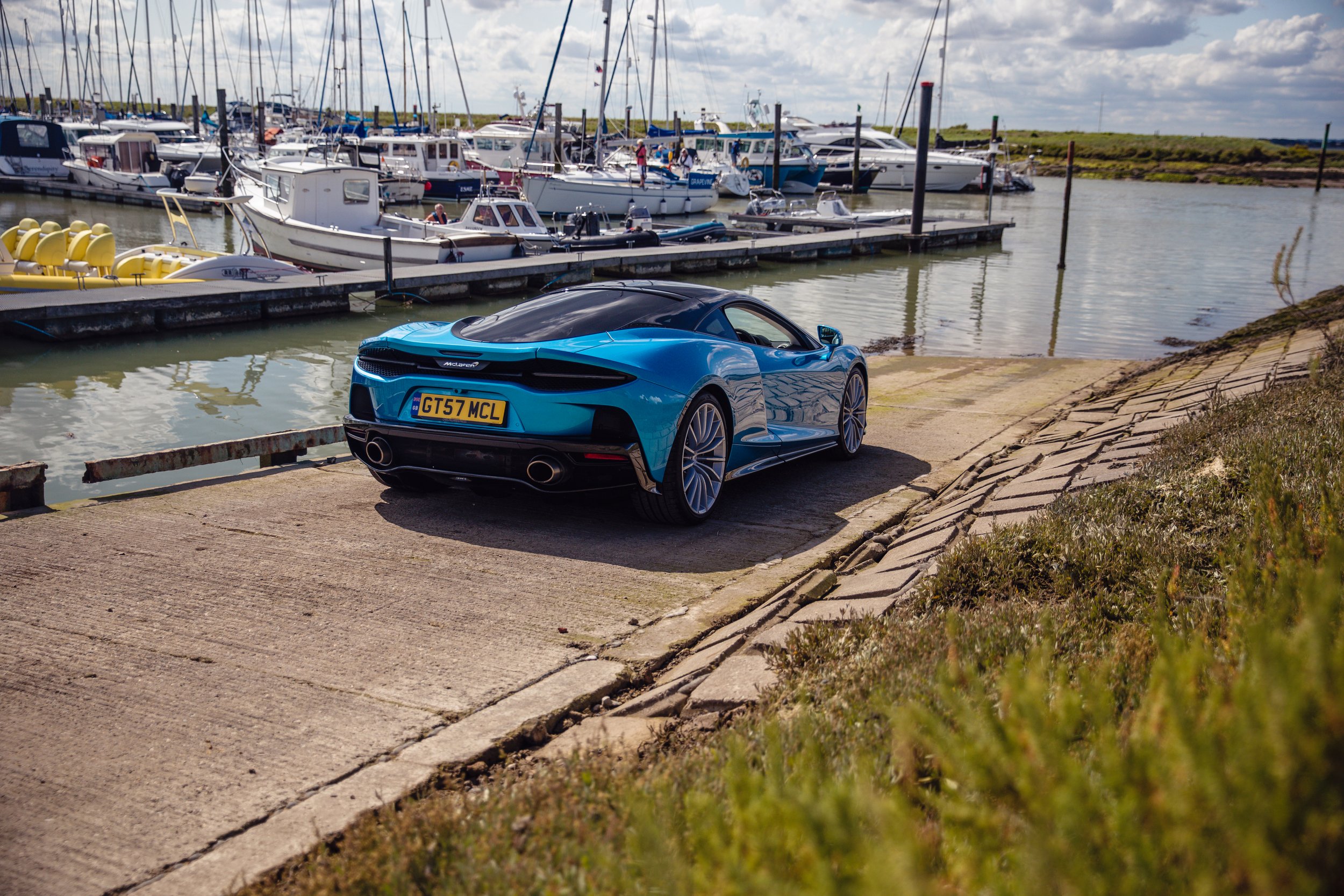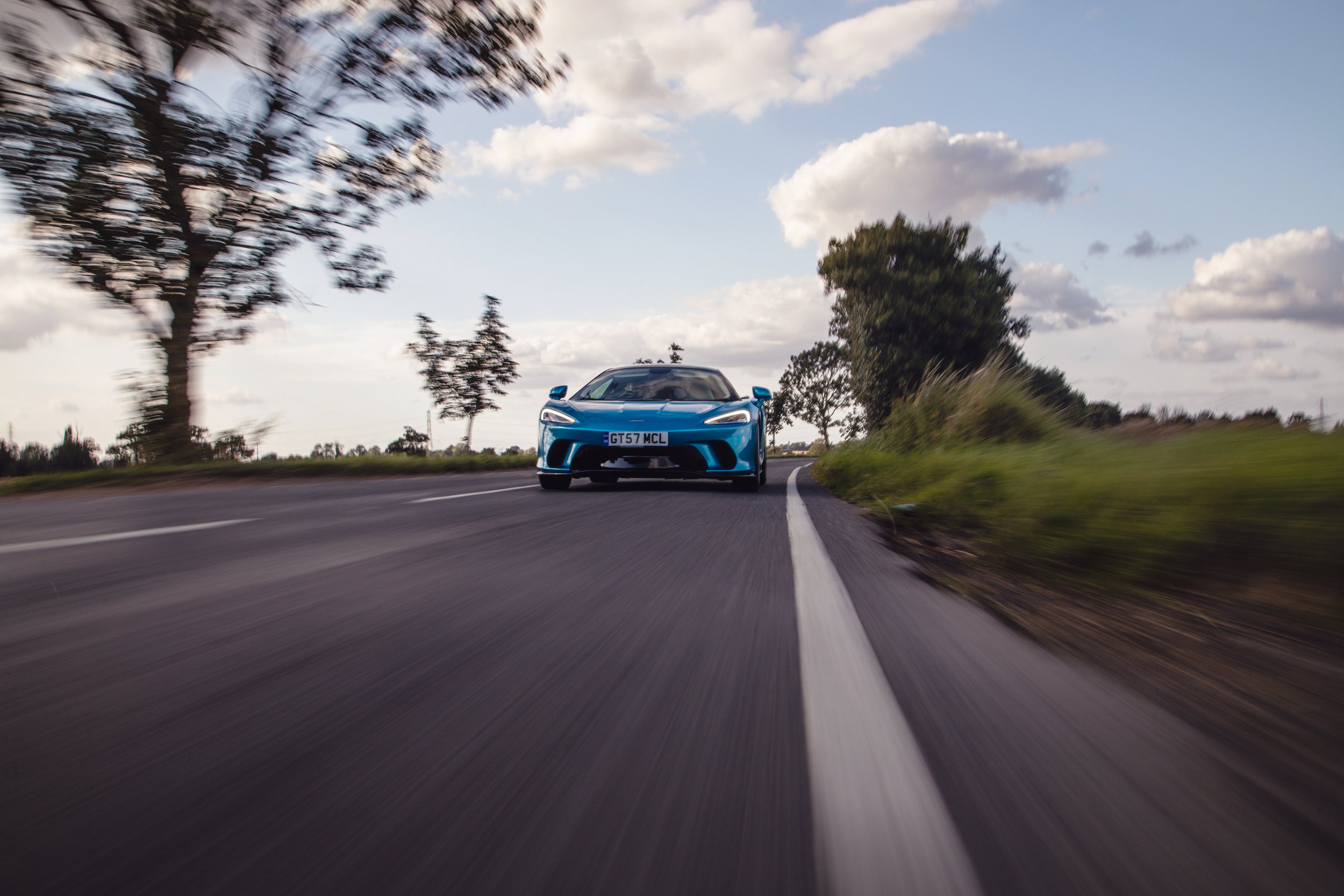
Road Test: McLaren GT
McLaren offers its own take on the Grand Tourer with the appropriately named GT. I spend a week with one to see if Woking is on to a winner.
WORDS: Mark Rose | PHOTOS: Dom Ginn
When we think of GT cars, our thoughts are immediately drawn to front-engined, luxury vehicles that can also take on the role of sports car when called upon. Current flag bearers for the grand tourer class include the Bentley Continental GT, Aston Martin DB11 and the new Ferrari Roma. Both of them have a V8 or 12 cylinder engine out front and they’re designed to cover serious mileage in absolute comfort.
The McLaren GT takes the classic grand tourer rule book and chucks it in the bin. On the face of it, the spec sheet suggests the GT is a rehashed version of other supercars in the McLaren line up with its carbon tub, mid-mounted 4.0 litre twin-turbo V8 engine, and drive to the rear wheels via a seven-speed SSG transmission. However, spend enough time driving it and you begin to realise that the GT differs to its siblings. It’s softer, quieter, more refined, the interior uses plusher materials, and McLaren claim it has 570 litres of luggage space. It’s truly usable in every sense of the word, so why hasn’t it sold in the way McLaren had hoped?
We’ll revisit that question later, but in the meantime, let’s discuss how the GT not only differs to other McLarens, but it’s main competitors in the grand tourer segment. Owing to the mid-engined chassis, the Mac certainly doesn’t sport the same aesthetic as a Bentley or Aston Martin, but McLaren has done a fine job of differentiating it from other cars in their own line up. It may wear the traditional supercar silhouette, but the aero – particularly around the front wheel arches and rear diffuser – has been pared back, it rides higher, is longer and wider than a 720S, and is generally more elegant to look at. But compared to a Conti GT or DB11, it’s very much a supercar with its mid-engined layout, massive rear haunches, and big-D energy dihedral doors. It turns heads and gleans giggling reactions like a supercar would, but there’s also something pleasingly understated about the appearance.
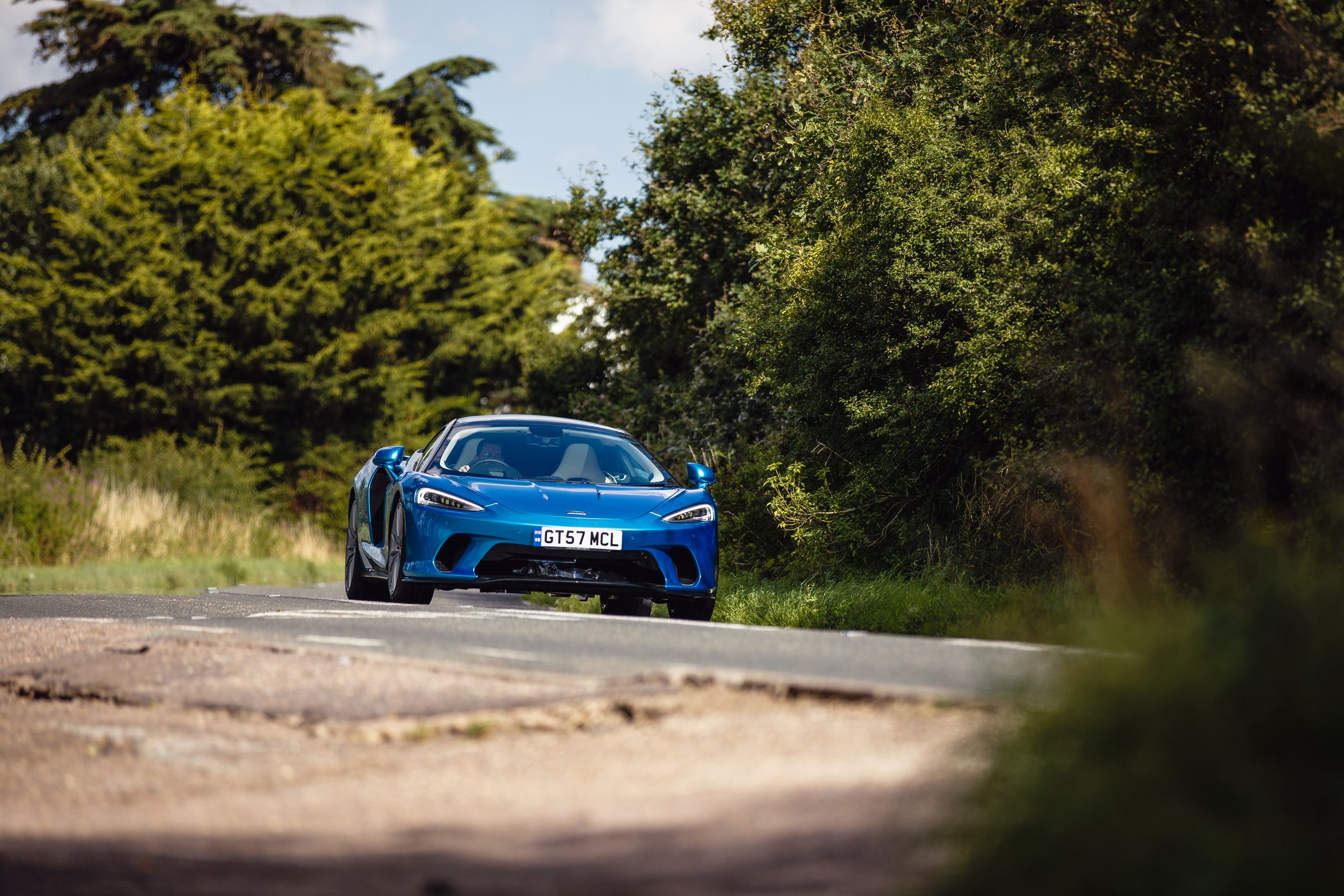
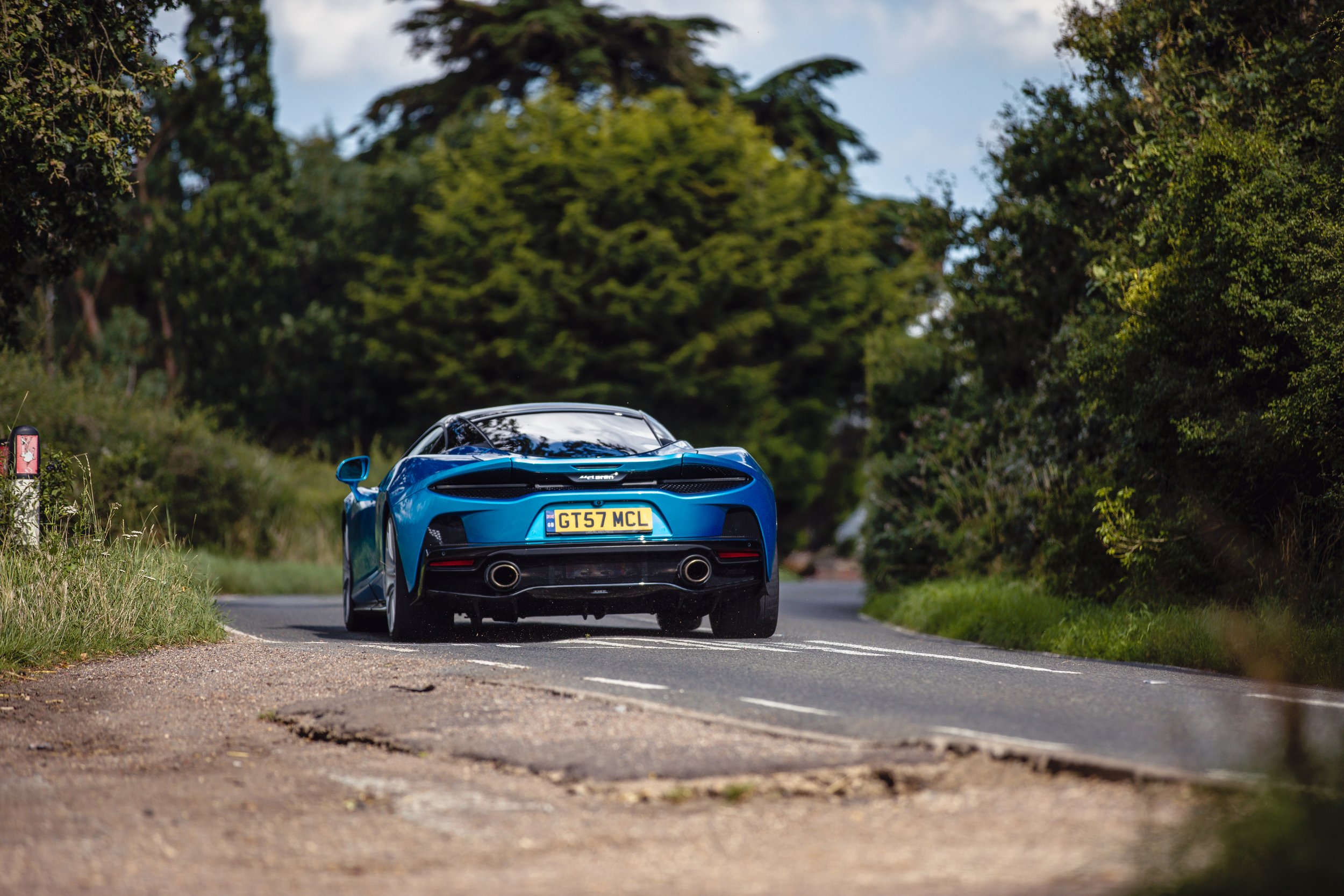
On the inside is where things take a bit of a turn and is one of the areas where potential buyers might not immediately pick up on the grand tourer vibes. Yes, the cabin is awash with leather and instead of carbon fibre, aluminium has been used for the steering wheel trim and paddles, but it’s not to the same quality nor has it been built to the high standards of a Bentley, or even a Mercedes. The centre armrest which doubles as a storage compartment was flimsy, so too were the door bins, and despite being usable, the infotainment was fiddley and dated compared to systems found elsewhere. Something that couldn’t be faulted was the driving position which was low slung with plenty of adjustment. Also, the buttons and controls had a pleasing weight to them, and the air vents we’re significantly more inspiring than those in an Aston Martin. The cabin was more luxurious and habitable compared to other cars in McLaren’s model range, but when you consider how exquisite a Bentley Continental GT is, it falls short of what customers expect from a grand tourer.
As always though, McLaren claw back any inadequacies with the driving experience and the way the GT combines supercar performance with real world usability is astonishing. The 4.0 litre twin-turbo V8 has been taken wholesale from the 720S, fitted with smaller turbos and detuned. We say detuned, but in the world of McLaren, detuned is still good for 612bhp at 7,500rpm and 465 torques at 5,500-6,500rpm. It doesn’t have the mind-bending straight line performance of a 720S, but the GT is still good for 0-62mph in 3.3 seconds, 0-124mph in 9.0 seconds, and a top speed of 203mph. It will cover the quarter mile in just 11.0 seconds, and leaves the Conti GT and DB11 for dust in terms of acceleration. The characteristics of the engine are also in line with McLaren’s commitment to forced induction. Never one to shy away from the fact their cars are turbocharged, like other McLaren models, the engine has some lag but when the turbos wake up, they slingshot you down the road with real violence. The GT is a monstrously fast car. The way the engineers manage to get all that power to the road using just the rear wheels so seamlessly may as well be classed as modern day witchcraft. Even in wet conditions, you can reasonably use 80 per cent of the performance providing you gently bleed on the throttle, and the Pirelli P Zero tyres clear standing water with ease. In the dry, the only thing that upsets it are sudden road bumps and undulations which force the car in to breaking traction as it skips and hops over imperfections. However, once it settles and you get through the turbo lag, it grips and goes with real ferocity.
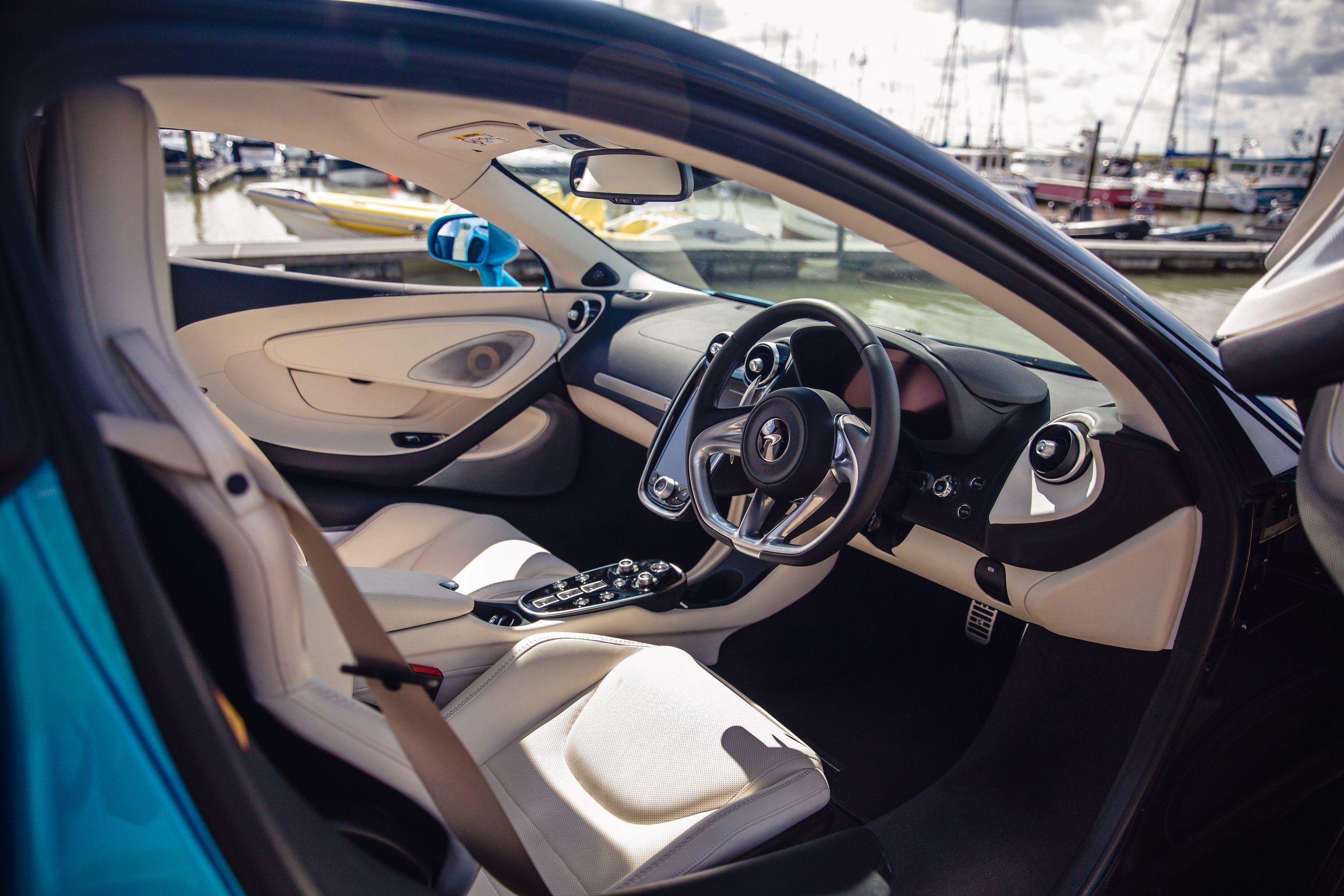
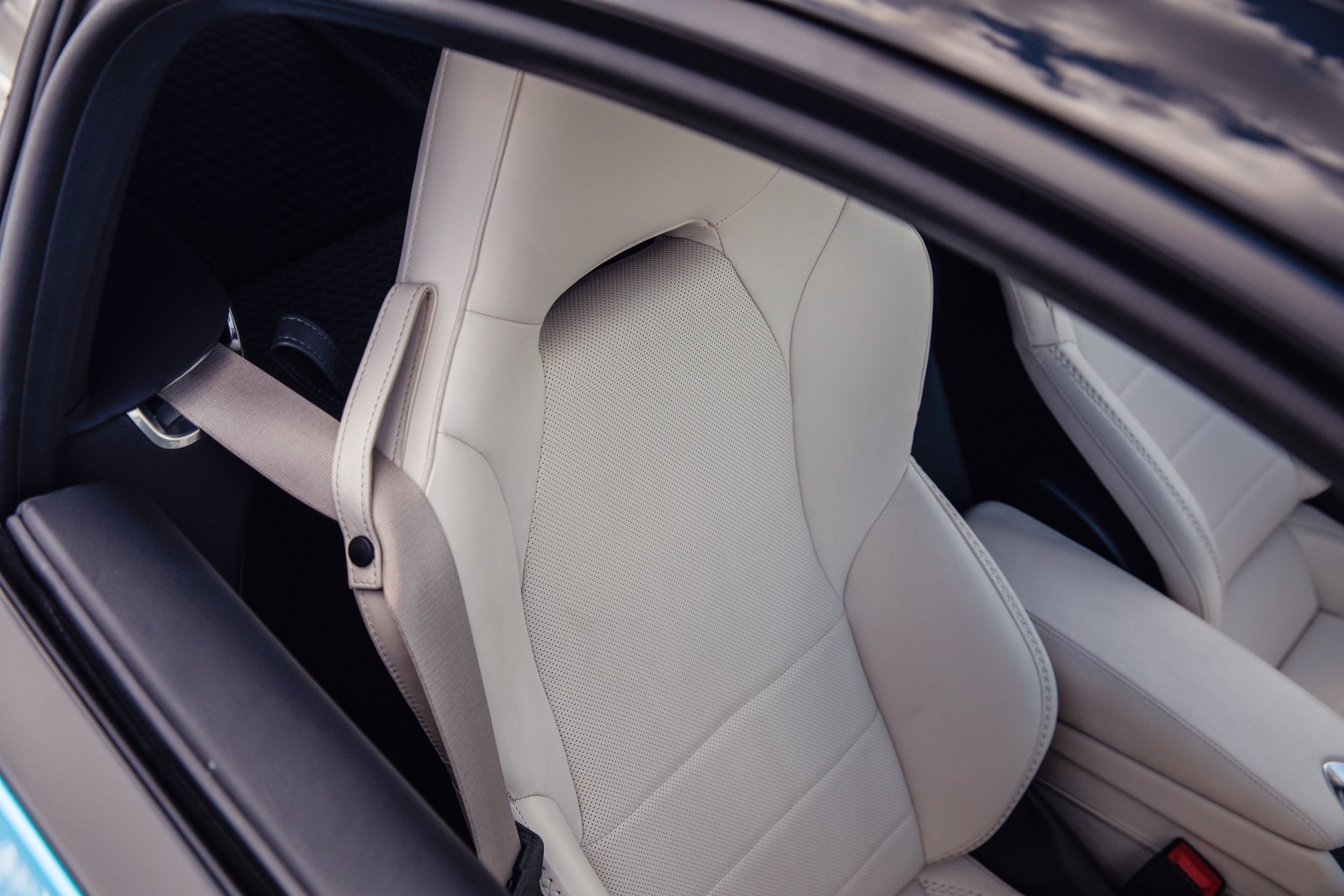
There are comfort, sport and track modes to choose from. Over the course of our week with the car, track became our default setting for ‘spirited’ driving and sport barely got any use because the former is perfectly usable on the public road despite offering the most aggressive throttle response, gearbox mapping, and suspension set up. In this mode, the GT’s grand touring capabilities fade away and the McLaren supercar comes to the party. The way it picks apart a twisty road is mesmerising. Dynamically, it makes its competitors in the grand tourer segment feel like the porkier, luxury cars they’re designed to be, but with a kerbweight of 1530kg, the GT is some 130kg heavier than a 720S and the discontinued but still fabulous 570S. The extra weight compared to other McLaren products results in a little more understeer than you would usually expect and requires you to reconsider your corner entry speeds, but in the context of what a grand tourer should be capable of, it rewrites the rule book.
When everything is ramped up, the engine sounds just as pissed off as McLaren’s supercars. Woking don’t produce cars with tuneful engines, but what the GT lacks in drama it makes up for with sheer aggression, particularly when you’re coming down the gearbox and listening to the revs spike close to the redline. At low speed and when you come off the throttle, the V8 soundtrack is accompanied by loud wooshes and flutters from the turbos. It doesn’t sound as smooth or as expensive as the 12 cylinder offerings in traditional grand tourers, but think of it as the rowdy party-goer in a room of afternoon tea drinkers. There are no prizes for guessing who’s having more fun, though. Other aspects of the driving experience are just as engaging. The seven-speed seamless shift gearbox fires through ratios, the optional carbon ceramic brakes are mighty and fade free, and it feels like a well-balanced car. The highlight is the steering. Like every other car in the range, the GT comes with an electro-hydraulic steering rack which offers fantastic feedback of the road surface. Here, it’s been toned down to fit with the car’s grand touring aspirations, so it doesn’t pick out every imperfection and it feels like it absorbs bigger impacts, but it’s unique in the grand tourer segment in that it offers wonderful feel and helps the driver feel connected to the tarmac.
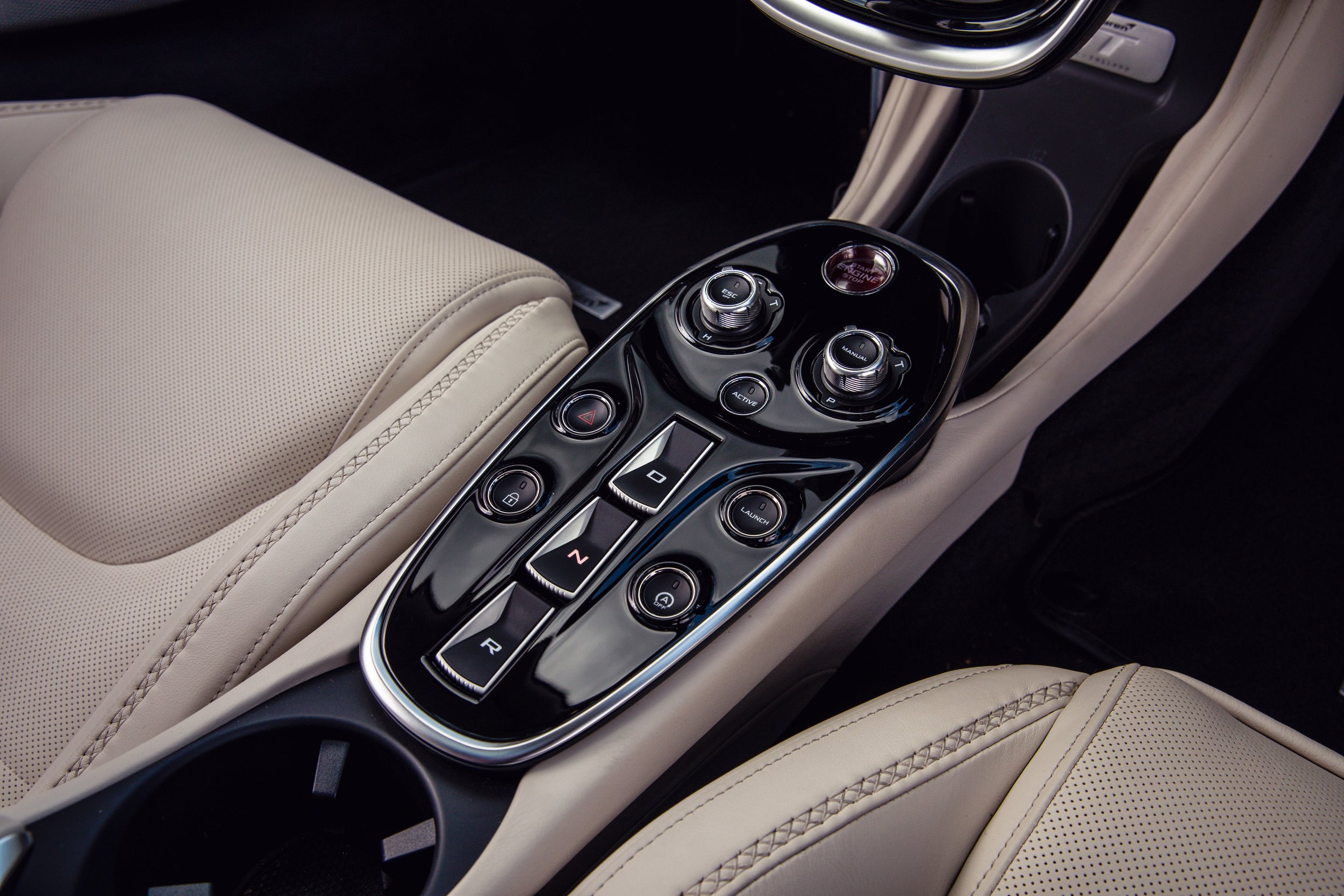
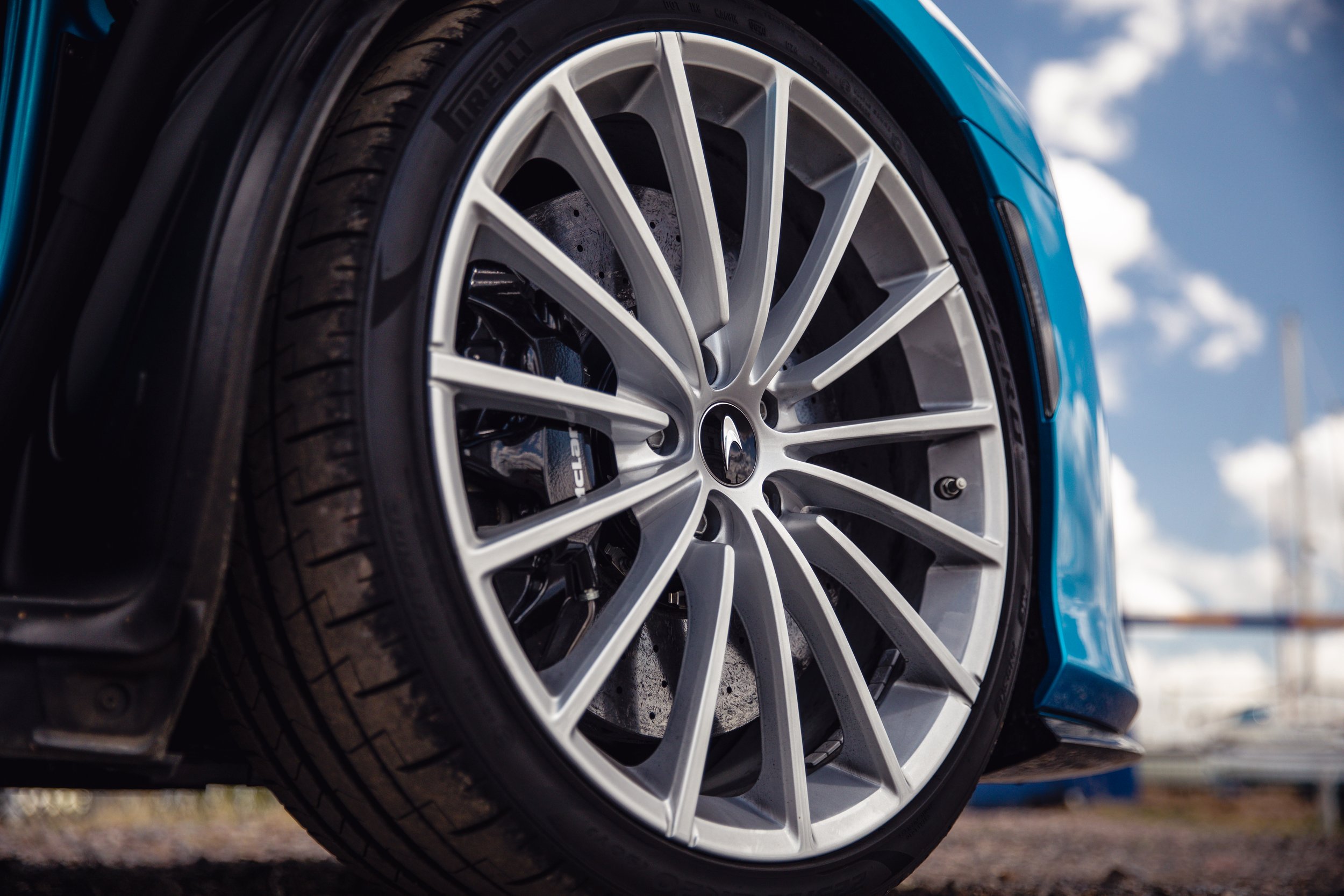
McLaren has always produced cars that ride incredibly well, and the GT doubles down on that reputation. The suspension is closer related to the set up in the 570S which uses a conventional anti-roll bar, unlike the 720S which uses a hydraulic system, but here the springs have been softened to give it a further improved ride. The joys of a carbon tub – MonoCell II in the GT – mean that the majority of the stiffness lives in the chassis which gives the engineers the ability to run a more compliant suspension set up. When you want to transform a supercar in to a grand tourer, this chassis-suspension ethos pays dividends because you can add compliance to the ride without overly compromising the dynamic ability. The extra smidgen of understeer mentioned earlier is a fair trade-off for the almost spooky ride quality. We would have to back-to-back test the Mac with a Bentley Continental GT for a conclusive answer, but the McLaren GT’s ride quality doesn’t feel far off the Bentley’s which uses fancy three-chamber air suspension and is an inherently softer car.
In isolation, the McLaren is wonderfully compliant over all but the very worst road surfaces, and on a smooth piece of tarmac, it feels as refined as any long distance cruiser. For casual day-to-day driving and long trips, comfort mode really highlights the lengths the engineers have gone to make something that looks and performs like a supercar, act like a grand tourer. In comfort, road and engine noise remain relatively hush, and there’s barely any wind noise thanks to the slippery supercar design. Even if long road trips to the South of France aren’t your cup of tea, the day-to-day usability of the McLaren GT is stand out when you apply some supercar context. At more then two metres wide, it can be difficult to navigate through narrow city streets and tight country roads, but that’s a small downside when you consider it makes a mockery of speed bumps, refrains from waking the neighbours, and can swallow a considerable amount of luggage as well sports equipment like skis and golf clubs. Oh, and we saw it return 36mpg on the outside lane of an A-road. Impressive. An Audi R8 V10 Performance also makes for a great daily driver, but the McLaren GT arguably takes it a step further while outperforming the Audi in terms of straight line performance and dynamic ability. But then, it does cost more money. Prices for the McLaren GT start from £163,000 and our test car with options came in at £174,995, so ball park what you pay for the equivalent Bentley or Aston. Interestingly, a lot of desirable optional extras can be added to the base car without additional cost, including the Luxe Pack, Practicality Pack, Premium Pack, and Lightweight Sport Pack.
Now, we must revisit the original question. Why hasn’t the GT sold in the way McLaren had hoped? Part of the issue is down to the way it’s been marketed. On release, a big deal was made about redefining the grand tourer experience, and while the GT goes some way to achieving that, buyers who want to ‘grand tour’ will yearn for the outstanding refinement and luxury of a traditional GT car. On first acquaintance, the McLaren GT feels like a slightly softer version of its supercar stablemates and you have to spend some quality time with it to realise what it’s truly capable of from a touring perspective. Having said that, it’s also an incredibly well-rounded and accomplished car. It strikes a desirable balance between supercar, daily driver, and long distance cruiser. It’s exciting but refined, racy yet practical. Whether you think the McLaren GT is a supercar or grand tourer is almost irrelevant, because what it might actually be, is the ultimate daily driver. Special car.
Technical Specifications
Engine: V8, twin-turbo
Displacement: 3,994cc
Power: 612bhp @ 7,500rpm
Torque: 465lb ft @ 5,500rpm
Transmission: 7-speed twin-clutch, RWD
0-62mph: 3.2 secs
VMAX: 203mph
Kerbweight: 1,530kg
Price: £163,000 (when new)
8/10
Rating
“When the turbos wake up, they slingshot you down the road with real violence”
